Nine days before Little Bighorn
These tales and legends
With their forest fragrance
The moist freshness of the valley
The blue haze of wigwams
The noise of rivers and waterfalls,
Noise, wild and euphonic
How in the mountains rumble of thunder? -
I will tell you, I will answer:
"From forests, desert plains,
From the lakes of Midnight Country,
From the country of Ojibway,
From the land of wild Dakot,
From mountains and tundra, from swamp swamps,
Where among sedge wanders
Gray Heron, Shuh-shuh-ha.
I repeat these tales
These old traditions ...
Henry Longfellow. Song of Hiawatha. Per. I. Bunina
Native American War. I read my first book “About the Indians” by James W. Schultz “With Indians in the Rockies” a long time ago as a child, and then I read everything about them in a row, starting with The White Leader by Mine Reed and ending with the Liselotta Welskopf Heinrich trilogy Sons Big Dipper. " Well, the film made from this book seemed completely miraculous to me, as well as all the films about Vinneta that were seen at the same time in the cinema - the leader of the Apache. We often played Indians, so I made a headdress of Crow Indians from black feathers nesting at my raven school, but my comrades had to be content with chicken and cockerels from domestic chicken coops - for some reason, black glossy ravens at the schools where they studied They didn’t want to live and did not lose their feathers. Recently, I again went through the square at my former school, and the crows, like half a century ago, lived there the same way. I wanted to remember that old hobby, and immediately thought, and what "Native American" I did not write on "VO" yet. He wrote about the Battle of Little Bighorn, and about the Battle of Roseblad ... However, there was another battle, moreover, at the same time that General Custer was heading towards his death. This is the Battle of the White Bird Canyon, which took place on June 17 1877 in Idaho, exactly nine days before Little Bighorn! And today our story will go about her ...
Gold is the cause of all drams
White Bird Canyon was the initial battle of the non-Perse Indians (or “Pierced Noses”) and the United States of North America. This battle was yet another, and it would be more correct to even say, the first significant defeat of the US Army, who at that time fought with the prairie Indians. And it happened in the western part of modern Idaho, southwest of the city of Grungeville.
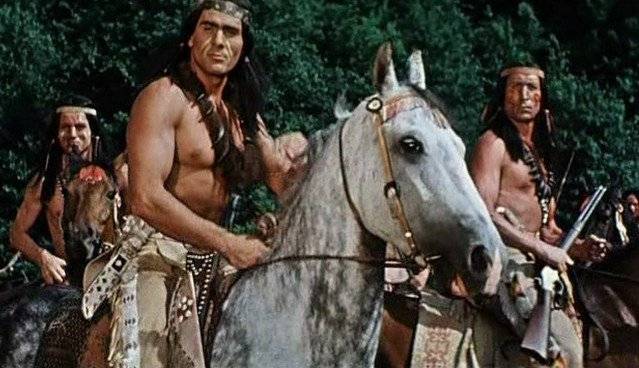
And it happened that, according to the initial agreement between the US government and non-Persian, signed in 1855, white immigrants should not encroach on ancestral lands reserved for the reservation for non-Persian. But in 1860, gold was found in non-Persian places of residence, which led to an uncontrolled influx of miners and settlers into the area. Despite numerous breaches of the treaty, the non-Persian Indians remained completely peaceful.
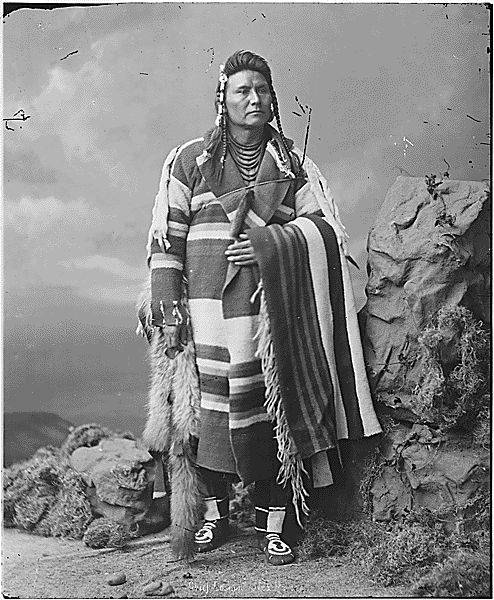
Real Indians were very similar to cinema. Or cinema on the real ones, since photographs of the latter have been preserved. Here's what, for example, the same leader, non-Perse Joseph, looked like when he was young. By the way, in his tribe he was called Hinmaton-Yalatkit or more correctly Hin-ma-tu-ya-lat-kekt, which means "Thunder Rolling Through the Mountains." He was called Joseph because his father converted to Christianity and was Joseph Sr., and Hin-ma-tu ... and so on - Joseph Jr. or simply “Leader Joseph” (National historical no-perce park)
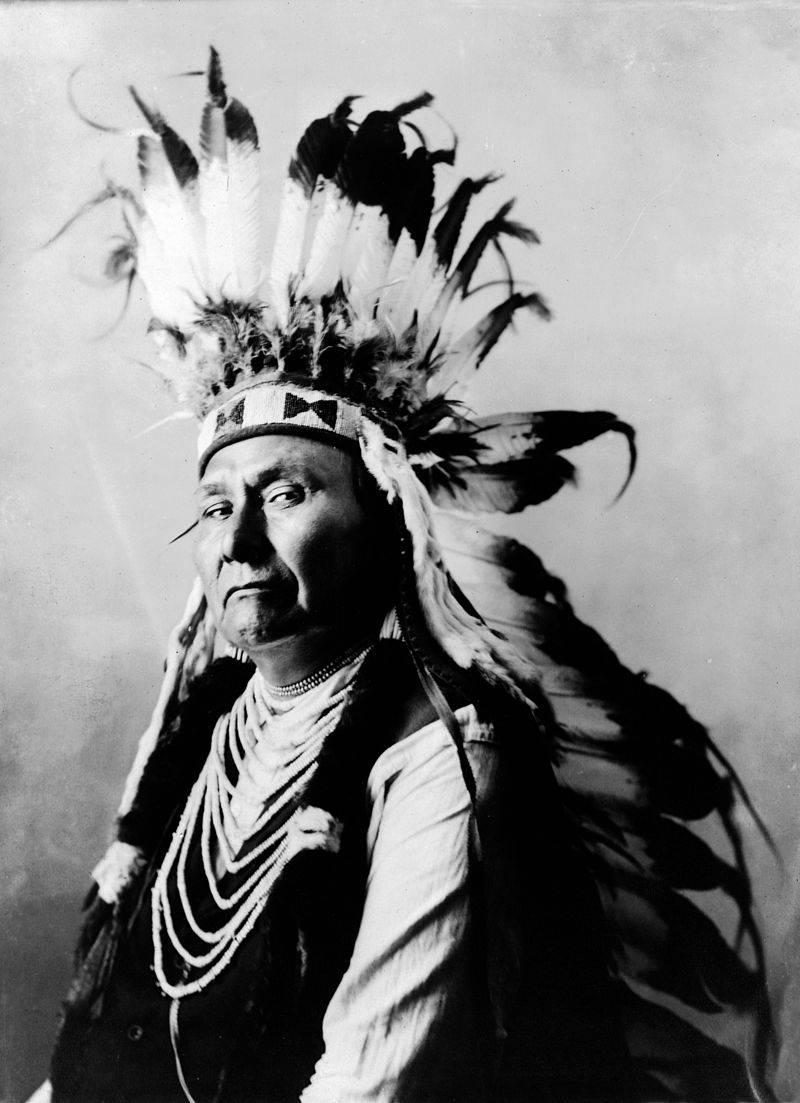
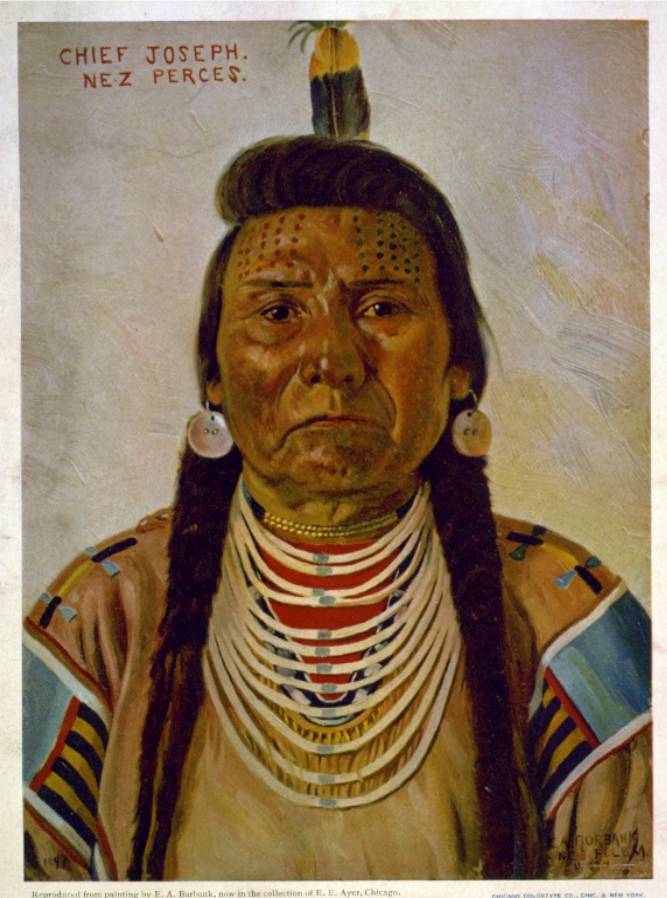
De facto and de jure
Then, wanting to de jure record what has already taken place de facto, the US government in 1863 proposed that non-Perse sign a new agreement, which reduced the amount of the reservation allotted to them by 90%. However, the leaders of the clans who lived outside the new reservation refused to sign the “theft agreement” and continued to live outside it until the spring of 1877.
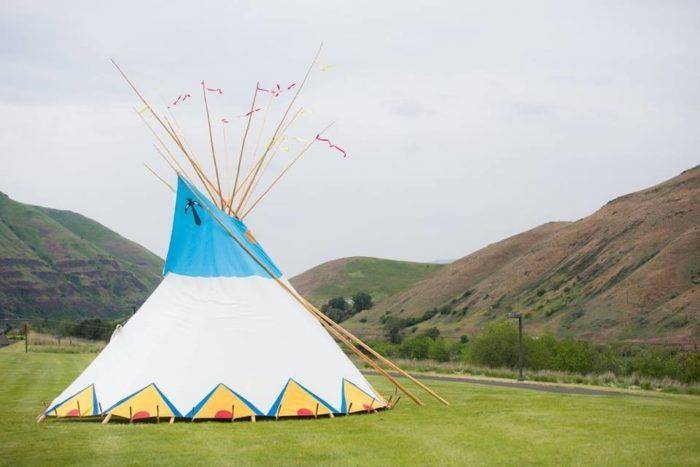
In May 1877, after several attacks by the US Army, the Indians nevertheless moved to a new reservation. But the genus Wall-lam-wat-kain (Wallova), led by leader Joseph, lost a large number of horses and cattle, since he had to force rivers that were swollen from spring runoff. Groups of Indians Chief Joseph and Chief White Bird eventually gathered in Tepahlwam, a traditional Kamas Indian prairie camp on Lake Tolo, to enjoy the last days of their traditional way of life. Moreover, although the leaders managed to convince their people that the Whitechwins are white people, stronger and they should obey the inevitable, far from all of their people agreed with the course of peace and harmony with the pale-faced.
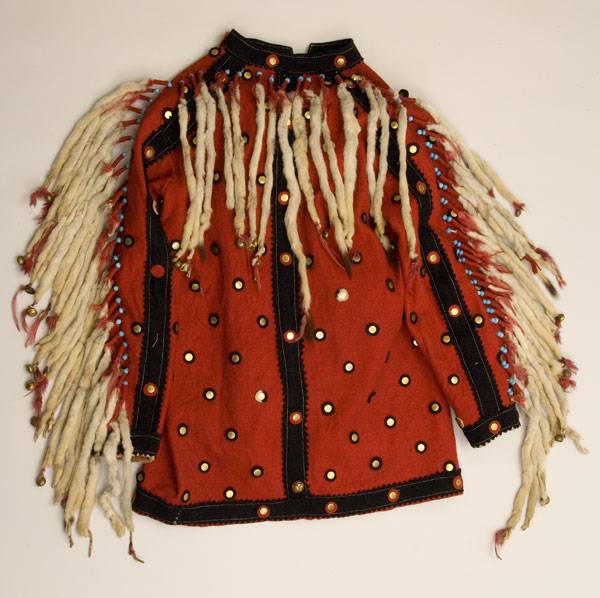
Leader Joseph's shirt. The prairie Indians created a distinctive culture and what is left of it is carefully preserved today. Here it is, for example, the leader’s shirt, decorated with petting skins. Her story is this: he wore it during negotiations with Colonel Nelson Miles. A ceasefire was established during which second lieutenant Lowell Jerome drove into a zone controlled by a non-Perse. He was detained and taken hostage when Joseph did not return from the whites. Then Joseph returned and donated this shirt to Jerome, who donated it to his alma mater, the United States Military Academy at West Point. Already in our time, the US Military Academy donated it to the Museum of the National Historical Park of Nepers (National Historical Park of Nepers)
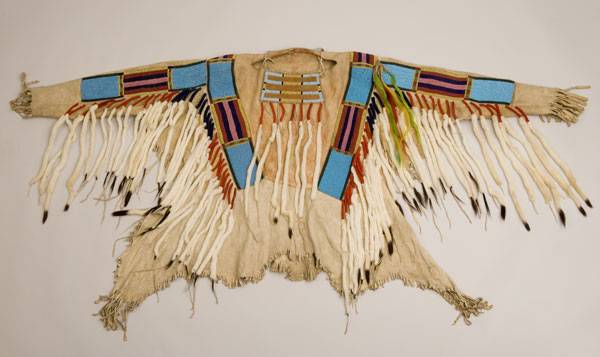
No-Perse on the warpath
The leaders in the Indian tribes never had authoritarian power and in some cases simply could not order their people. On 14 on June 17, young people traveled to the Salmon River area to avenge the murder of the father of one of them and also the others who were killed in the previous attacks of the 1875 year. The target of the attacks, however, was not the soldiers, but the settlers who lived in the area. 15 June attack was committed and crowned with success. At least 18 settlers were killed. Success inspired the rest, and other non-Persians joined the avengers. And the settlers had no choice but to send messengers to Fort Lapwai nearest to them and ask the military for help.
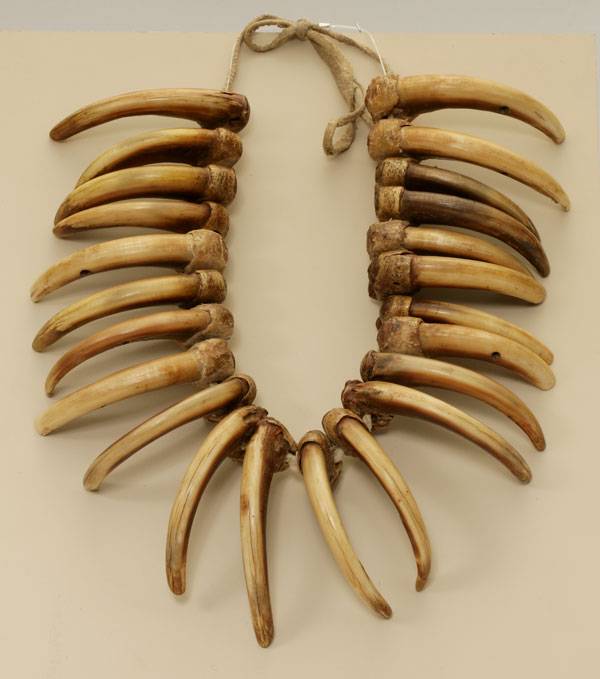
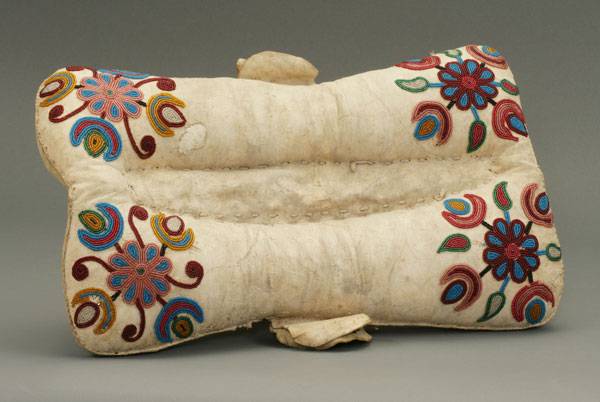
Moccasins Dakota. Strange as it may seem, a lot of all kinds of Native American artifacts are in the Vienna World Museum - the largest anthropological and ethnographic museum in Austria (New Hovburg Palace, south wing). It was there that the famous headdress of the Aztec emperor Montezuma ended up in the end and here is an impressive collection of Native American clothing and shoes!
Neparce in Tepahlwam knew that General O. O. Howard was preparing to send his soldiers against them. Since they could only be reached through the White Bird Canyon, on June 16 the Indians moved to its southern end, and it was about five miles long, a maximum of one mile wide and bounded on all sides by steep mountain slopes. At night, the sentries reported the approach of American soldiers from the north. After much deliberation, the non-Persians decided that they would stay in the White Bird Canyon and do their best to avoid war, but would fight if they were forced to do so. Everyone was ready to die, but not to leave their land. In addition, confidence in the strength was added by the fact that Joseph's brother Allocot brought reinforcements to the canyon.
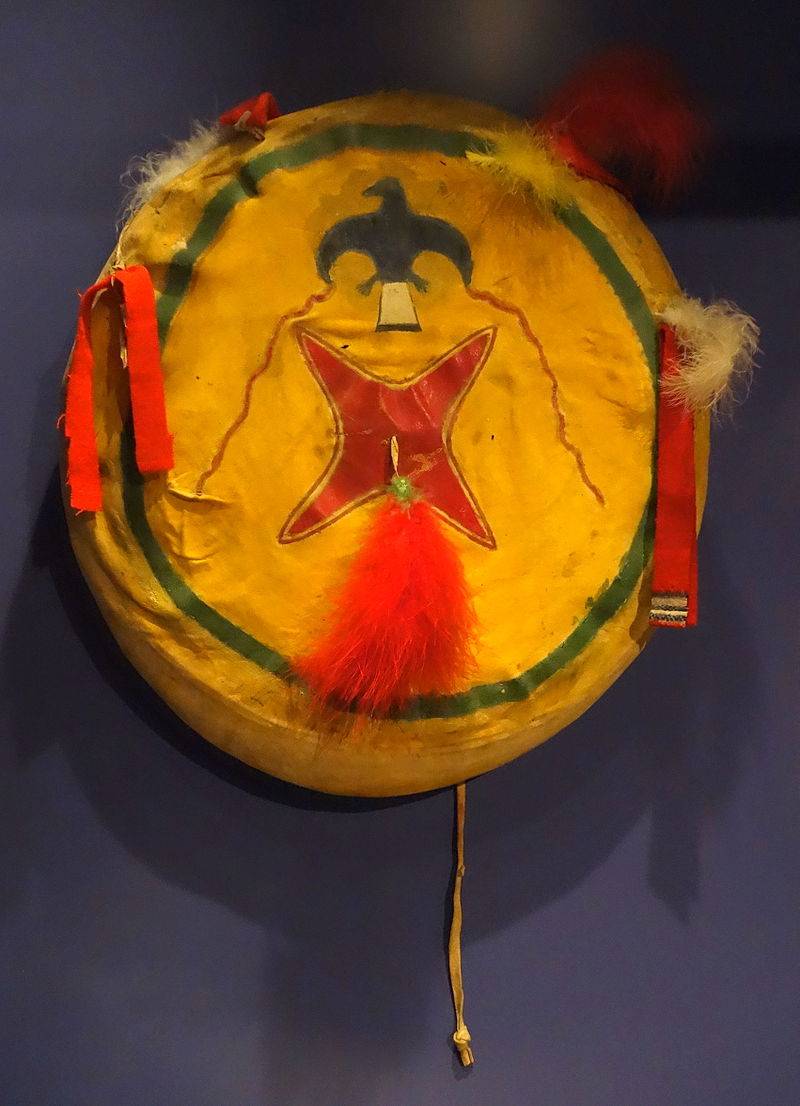
Forces and position of the parties
Captain David Perry commanded company F in this operation, and captain Joel Graham Trimble company H of the 1 Cavalry Regiment of the United States. The officers and soldiers of both companies together totaled 106 people. Eleven civilian volunteers also rode with them, and in Fort Lapwai they were joined by 13 Indian reconnaissance from hostile non-Persian tribes. Almost half of the soldiers were foreigners who spoke poor English. In addition, most of them were inexperienced riders and shooters. Both horses and riders were not ready for battle. In addition, both people and horses were exhausted by a two-day trip over 70 miles, and arrived in White Bird Canyon in far worse physical condition.
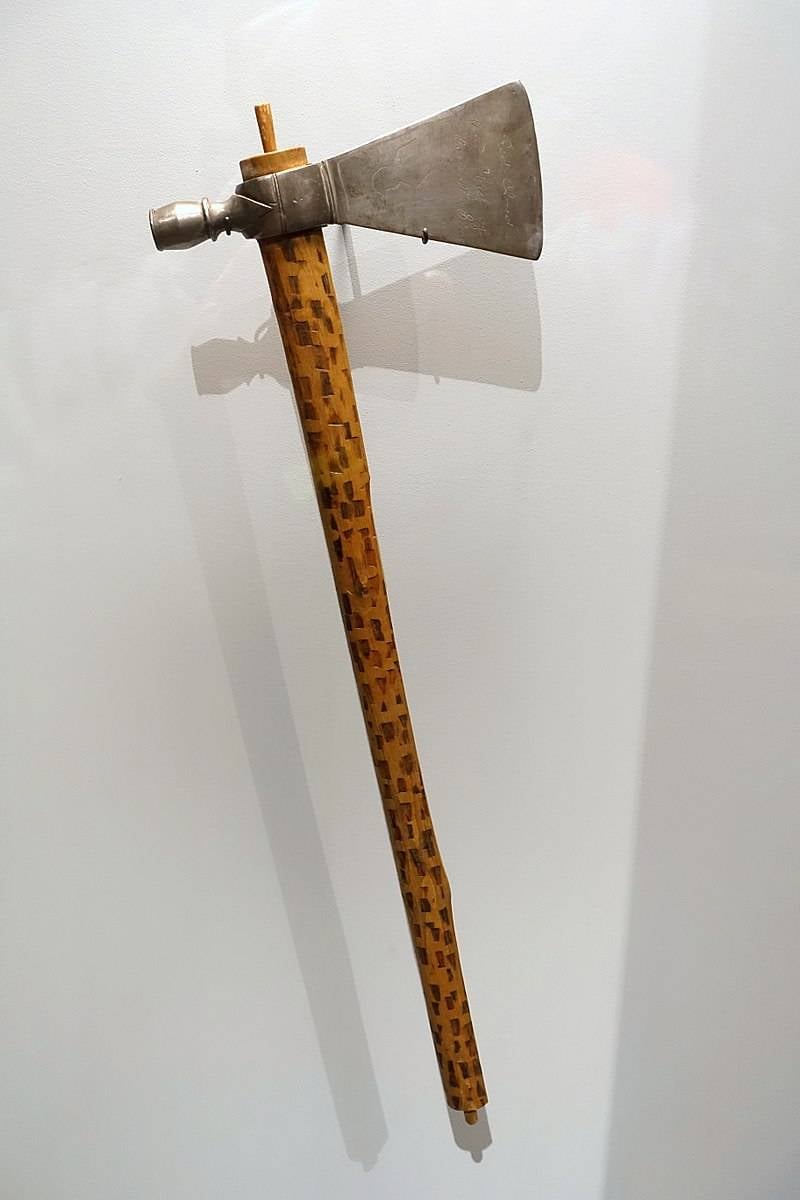
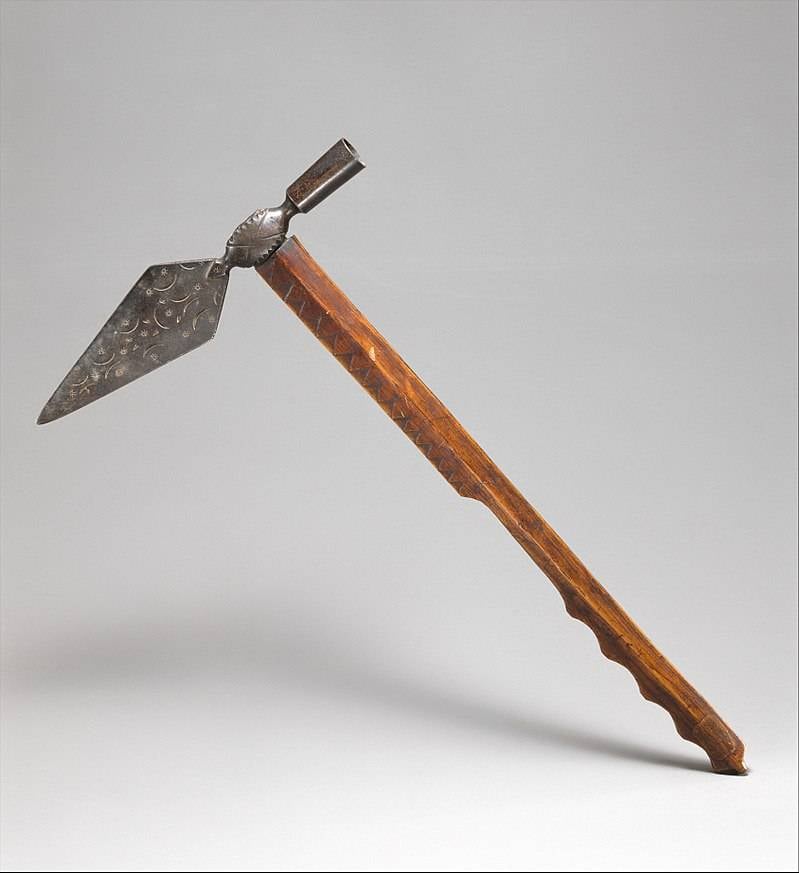
There were fewer non-Persian warriors: 135 people, but in their raids on the settlers they stole so many whiskeys that they drank all night long, and therefore on the morning of 17 on June many of them were too drunk to fight. Therefore, only about 70 warriors participated in the battle. Ollocott and the White Bird led units of approximately the same size. Chief Joseph may also have participated in the battle, but he was not a military leader. The Nerxes had at their disposal 45-50 firearms, including hunting shotguns, revolvers, ancient muskets and Winchester carbines, which they again mined in settlements from settlers. Some warriors still fought with a bow and arrow. Although the non-Perse had no experience of war with white soldiers, their knowledge of the area, excellent craftsmanship and well-trained appaloosa horses proved to be a great advantage for them. Nepers were used to use bullets sparingly on a hunt and were good shooters. They usually dismounted from their horses to shoot, and the horse stood calmly and ate grass while its master was fighting. On the contrary, many US cavalry horses, having heard the shots and the battle cry of the Indians, were frightened and suffered, and this panic among the horses was precisely the main reason for the defeat of the soldiers in the White Bird Canyon.
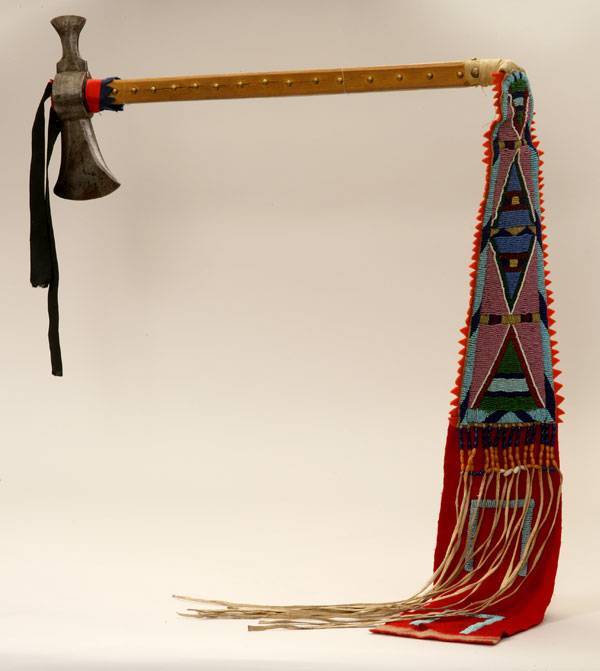
The ceased truce
At dawn 17 June non-Perse (let's say, those who could confidently stay in the saddle) prepared for the expected attack. Waiting for the soldiers, 50 warriors of the leader of Ollocoth settled on the western side of the canyon, and 15 warriors on the eastern side. Thus, the soldiers moving down the canyon were put in two fires. Six white-flag non-Persian warriors were waiting for approaching soldiers to discuss armistice conditions.
Soldiers, civilian volunteers, and scout scouts descended to White Bird Canyon along the road with wagons from the northeast. The advance team, consisting of a company of Lieutenant Edward Teller, trumpeter John Jones, several scouts, seven soldiers from company F and a civilian volunteer Arthur Chapman, was the first to meet with the Indians. Seeing the white flag, the soldiers stopped. Negotiations have begun. The Yellow Wolf Indian later described the incident as follows: “Five soldiers, led by Vettivetti Hulis ... were sent from the other [western] side of the valley to meet with the soldiers. These warriors were instructed by the leaders not to shoot. Of course, they carried a white flag. Peace can be made without a fight, the leaders decided. Why, and why no one knows, a white man named Chapman fired a truce. Warriors with a white flag took refuge right there, and the rest of the non-Persians returned fire immediately.
And the battle struck!
After the first shots, Lieutenant Teller ordered the cavalry to dismount, dismounted himself and unfolded his men in a chain on top of a low hill. And then there was a real chain of errors and a fatal combination of circumstances, which ultimately led to the defeat of white Americans and the victory of the Redskins. It began with the fact that the trumpeter Jones was ordered to give a signal that the vanguard of the detachment had been attacked so that all other troops would rather go to his aid. But before Jones could blow the bell, he was shot dead by the warrior Oststotpoo, who was at a distance of more than 300 yards (270 m) from him and also sat astride. Captain Perry dismounted and with his company took up a position on the east side of the canyon. Rota N, led by Captain Trimble, turned around on the west side of Teller’s position. Civilian volunteers attempted to occupy one of the hills on the flank of the cavalry.
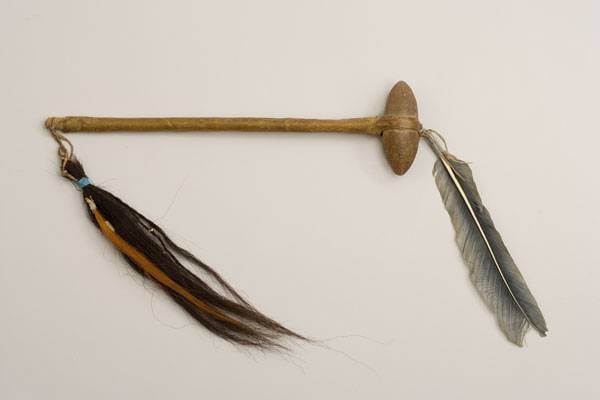
Captain Perry believed that his left (eastern) flank was defended by volunteers. However, he could not see their position. Meanwhile, volunteers led by George Shearer encountered Indian soldiers who were hiding in the bushes by the river. He also ordered his people to dismount and fight on foot and several people obeyed him, but the others, apparently frightened by the Indians, left the place of battle and galloped north. Seeking to protect Perry's soldier, Shearer brought the remaining people to the top of the hill. In this position, he was between the non-Persian warriors attacking Perry's left flank, and the well-aimed fire of the Indian warriors defending the White Bird camp.
Perry tried to join Teller and attack the non-Persian warriors threatening his left flank. At the same time, for some reason, he ordered the throwing of Springfield single-shot carbines and the use of six-shot revolvers. He ordered the trumpeter Daily to blow the signal for the attack, but it turned out that he had lost his pipe. Thus, Perry’s connection with his soldiers was lost along with the pipe, and the order was not transmitted. Then Perry ordered those soldiers who were in his field of vision to take the horses and take them from the line of fire to a protected place. Further, Perry himself and the rest of the soldiers of Company F advanced on foot.
Meanwhile, Company H was trying to turn into a chain at intervals of five yards along the slope of the canyon. But the horses of the cavalry fled, frightened by the shots. The Indians rushed to catch them, but the soldiers could not shoot at them, fearing to hit the horses.
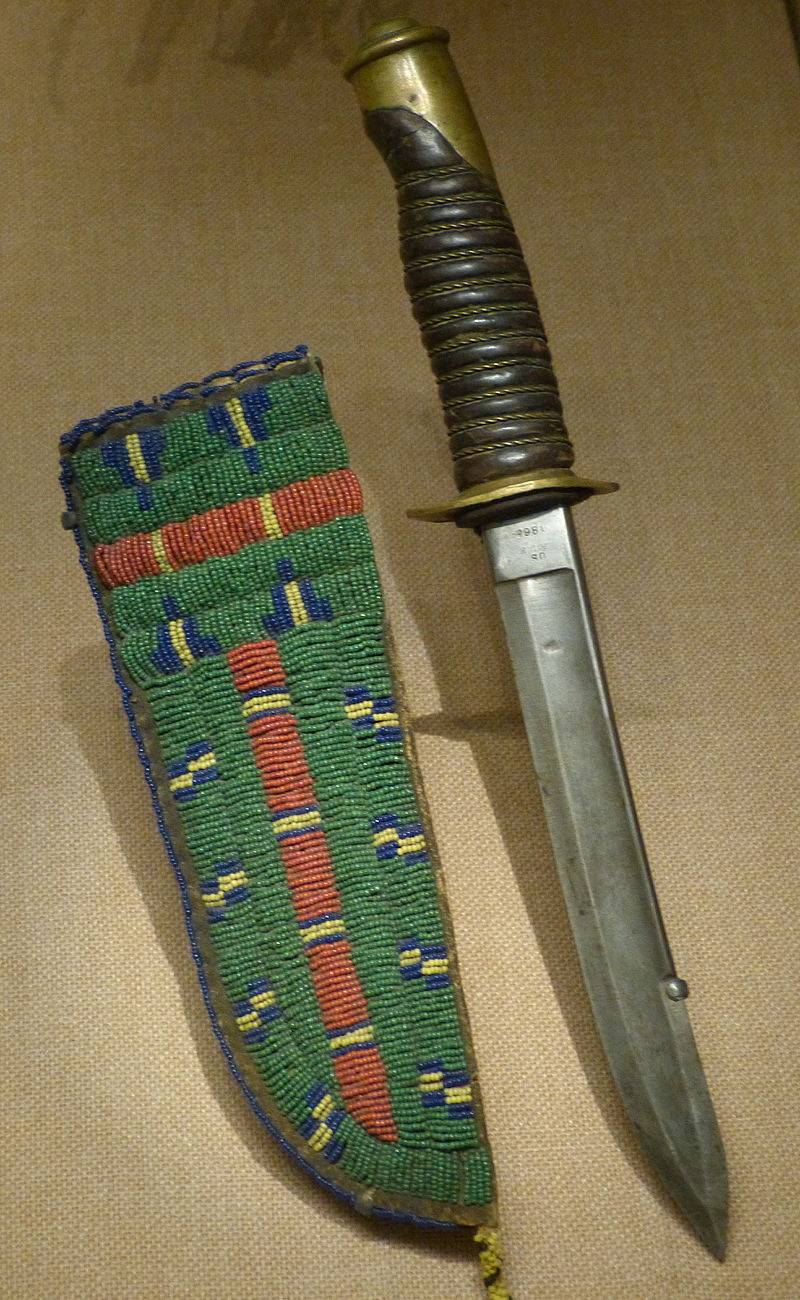
Captain Perry, who, on his horse, kept in touch between the two companies, saw the volunteers retreat to the exit of the canyon. To compensate for their departure, Captain Trimble sent Sergeant Michael M. McCarthy and six men to take the highest point over the battlefield to protect their right flank. Perry also noticed a suitable high hill and tried to send his soldiers there to help McCarthy.
But it was too late, the soldiers suffered heavy losses from the fire of the Indians. Rota F misinterpreted Perry's order to occupy the hill as a signal for a general retreat. Company H, seeing the withdrawal of Company F, also began to depart, and left McCarthy and his men on the hill without support.
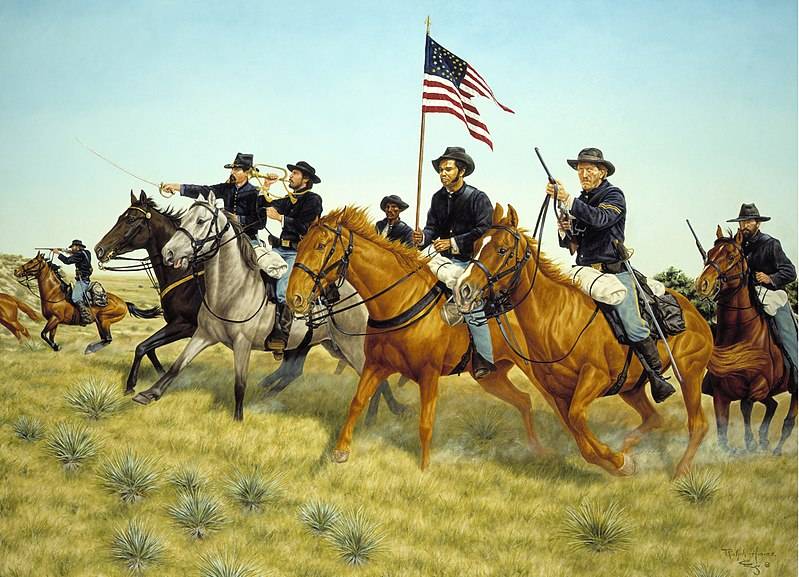
Feeling victory, the Allocott equestrian warriors began to chase the retreating soldiers. McCarthy, realizing that he was cut off from the main detachment, galloped to the retreating troops. But Captain Trimble ordered McCarthy and his men to return to their position and hold it until help approaches. However, Trimble was never able to assemble the soldiers to help McCarthy. True, McCarthy and his people briefly detained the no-Perse, and then even managed to retreat, but could not catch up with the main part of Trimble's company. McCarthy's horse was killed, but he escaped by hiding in the bushes on the banks of a river flowing through the canyon. He sat in them for two days, and then went on foot to Grungeville. For his courage in this battle, he received the Medal of Honor of the US Congress.
A retreat similar to flight ...
Meanwhile, Lieutenant Teller was trapped in a steep rocky gorge, and in addition he ran out of bullets. As a result, he himself, and the seven remaining soldiers with him, were killed by the non-Persian Indians. Captain Perry and Captain Trimble fled northwest, making their way along the steep slopes. Finally they reached the prairie at the top of the ridge and there they saw a certain Johnson ranch. There they received help. Another part of the surviving soldiers continued to retreat along the canyon, periodically undergoing attacks by a non-Perse. An approaching volunteer squad saved them from death.
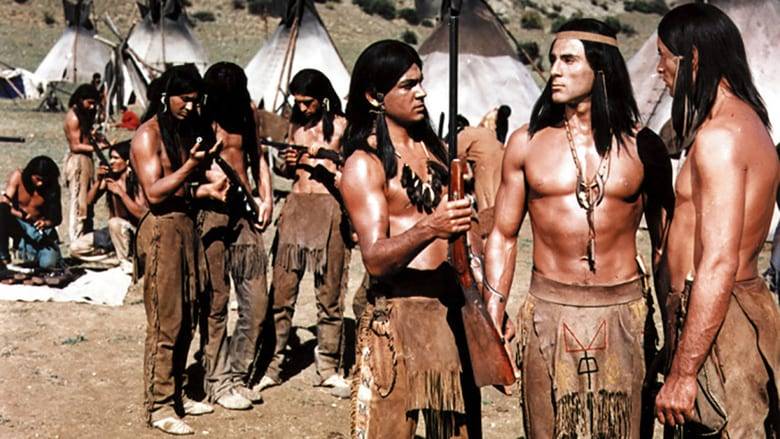
How did it all end?
By mid-morning, 34 cavalrymen of the US Army were killed and two wounded, and two volunteers were wounded at the beginning of the battle. On the contrary, only three non-Perse warriors were injured. 63 carbines, many revolvers and hundreds of cartridges were captured by non-Perse warriors as trophies. This weapon significantly improved their arsenal and was actively used in the remaining months of the war. The corpses of some of the dead soldiers were found only ten days after the battle, since they were scattered over a space of ten miles. Therefore, many of them were buried right at the place of death, and not in a mass grave, as was planned at first.
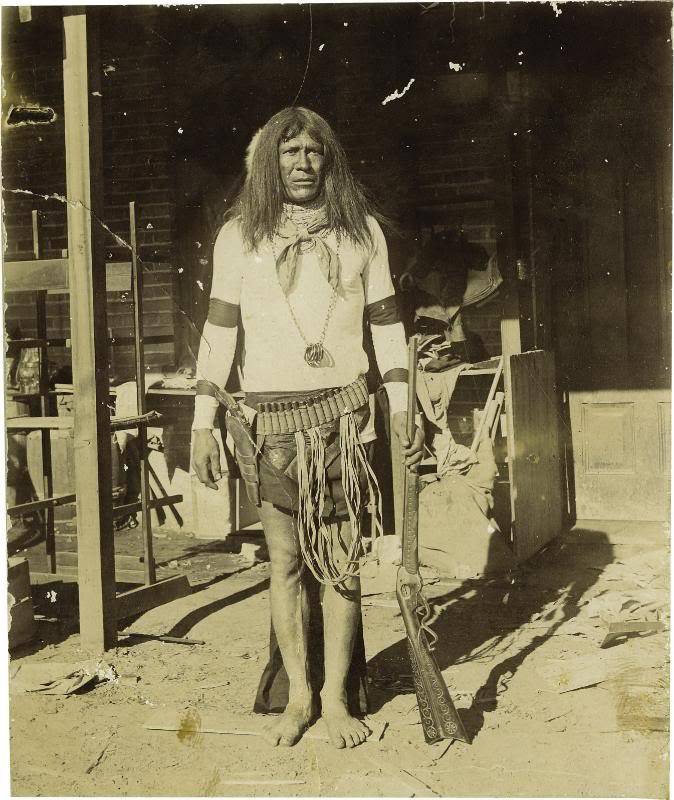
But, like all Indian victories, the defeat of the US cavalry in the White Bird Canyon is only a temporary non-Persian victory. They won their first battle with soldiers outnumbering them, but in the end they still lost the war.
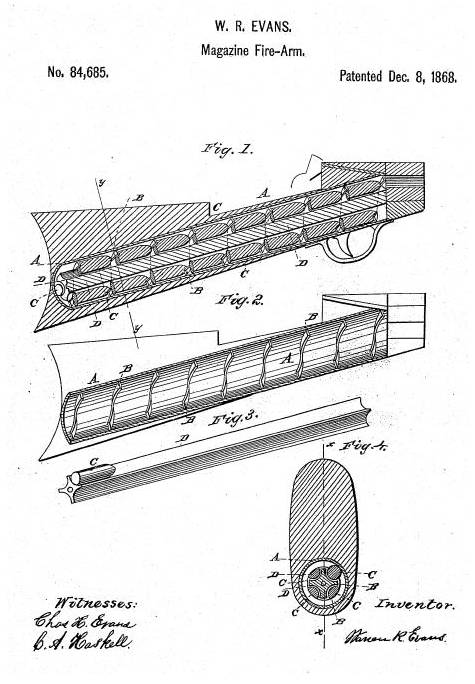
After the battle, the non-Persians crossed to the eastern bank of the Salmon River, and when General Howard arrived with more than 400 soldiers there a few days later, they began to mock him and his people on their side of the river. The tribe then had about 600 men, women and children, many tents, 2000 horses and other cattle. The general only managed to cross the Salmon River with difficulty, but instead of fighting the superior forces of Howard, the Indians quickly crossed the river in the opposite direction, leaving it on the opposite bank. Thereby they won time and were able to break away from the US Army. Chief Joseph offered to retreat to Montana. And this retreat of Joseph and his people was recognized as one of the brightest episodes in US military history. Having met with the crow, the non-Perse asked them to help. But they refused, and then the non-Perse decided to leave for Canada.
After that, they crossed the Rocky Mountains twice, then repelled the attack of a detachment of John Gibbon in the battle of Big Hole, crossed the Yellowstone National Park and again crossed the deep Missouri. In the end, they traveled a journey of 2600 km in length, but on 30 of September 1877 of the year in the Baer-Po mountains they were still surrounded by soldiers under the command of Colonel Nelson Miles. But even then, the non-Persian units still managed to slip away and leave for Canada. The remaining defended for five days. But since there were women and children with the soldiers, Joseph was forced to lay down his arms. On October 5, 87 men, 184 women and 147 children surrendered to white.

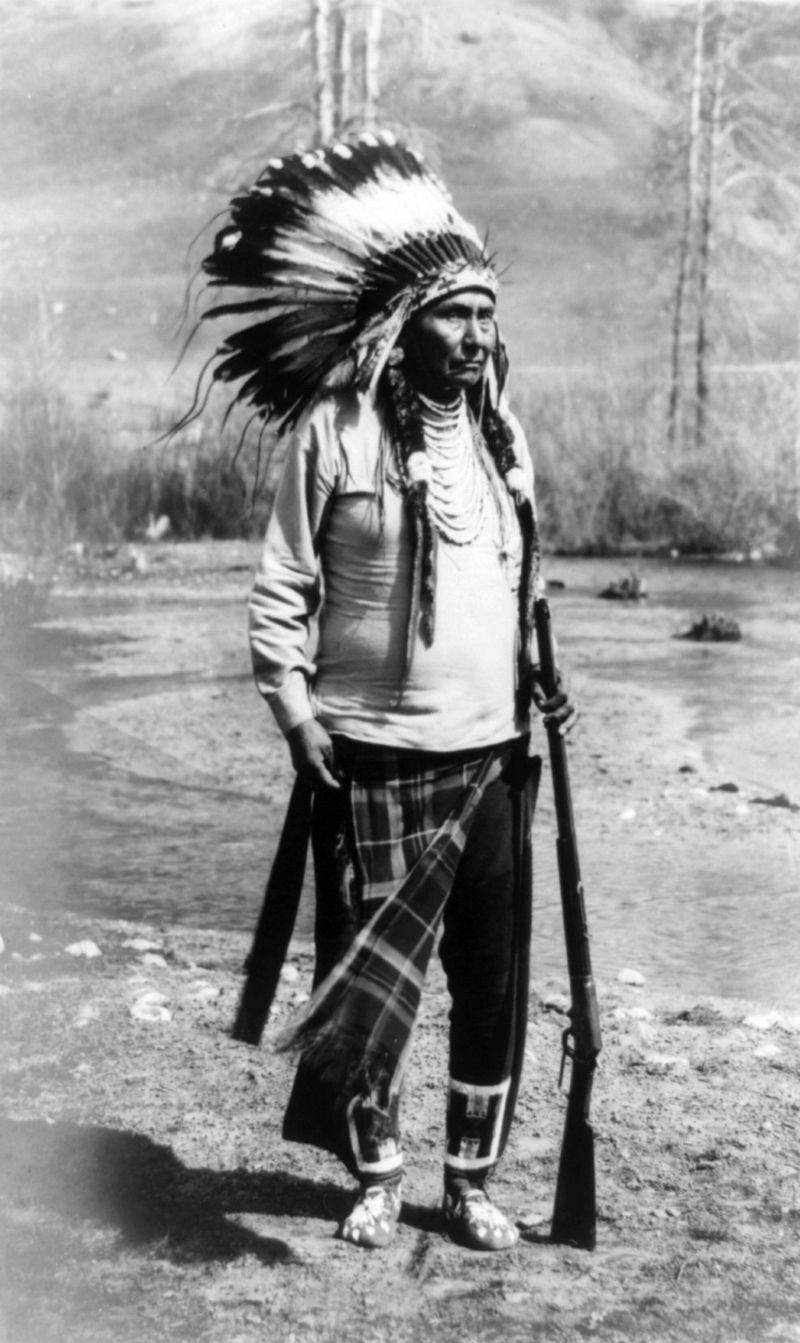
The Indians were transferred to the reservation, where they remained to live. Leader Joseph was held in high esteem by both his compatriots and the whites. He traveled to Washington several times and defended the interests of his people. Met with Presidents William McKinley and Theodore Roosevelt. He died on 21 of September 1904 of the year at Colville Reservation.
Использованная литература:
1. Wilkinson, Charles F. (2005). Blood Struggle: The Rise of Modern Indian Nations. New York: WW Norton & Company. pp. 40–41.
2. Josephy, Jr., Alvin M. (1965). The Nez Perce Indians and the Opening of the Northwest. New Haven, CT: Yale University Press. pp. 428 – 429.
3. McDermott, John D. (1978). "Forlorn Hope: The Battle of White Bird Canyon and the Beginning of the Nez Perce War." Boise, ID: Idaho State Historical Society. pp. 57 – 68, 152 – 153.
4. Sharfstein, Daniel (2019). Thunder in the Mountains. New York, NY: WW Norton & Company. p. 253.
5. Greene, Jerome A. (2000). Nez Perce Summer 1877: The US Army and the Nee-Me-Poo Crisis. Helena, MT: Montana Historical Society Press.
6. West, Elliott (2009). The last Indian war: the Nez Perce story. Oxford: Oxford University Press. Greene, 7. Jerome A. (2000). A Nez Perce Summer 1877. Helena: Montana Historical Society Press. Accessed 27 Jan 2012.
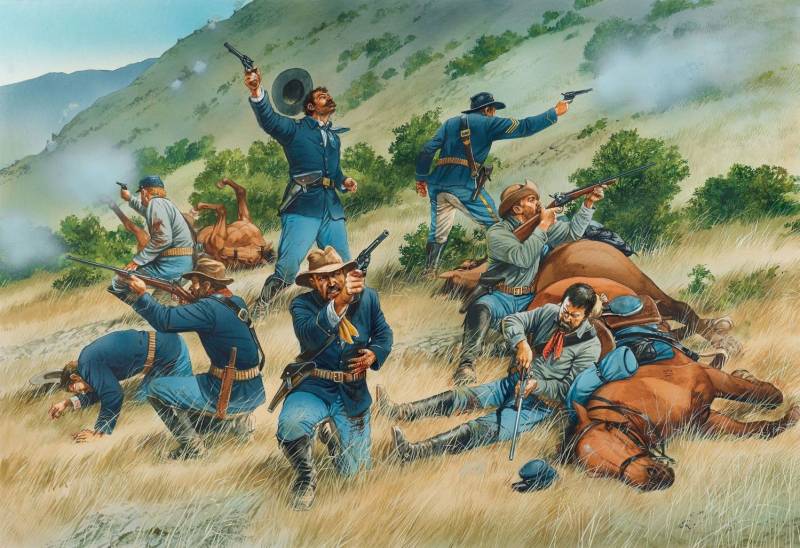
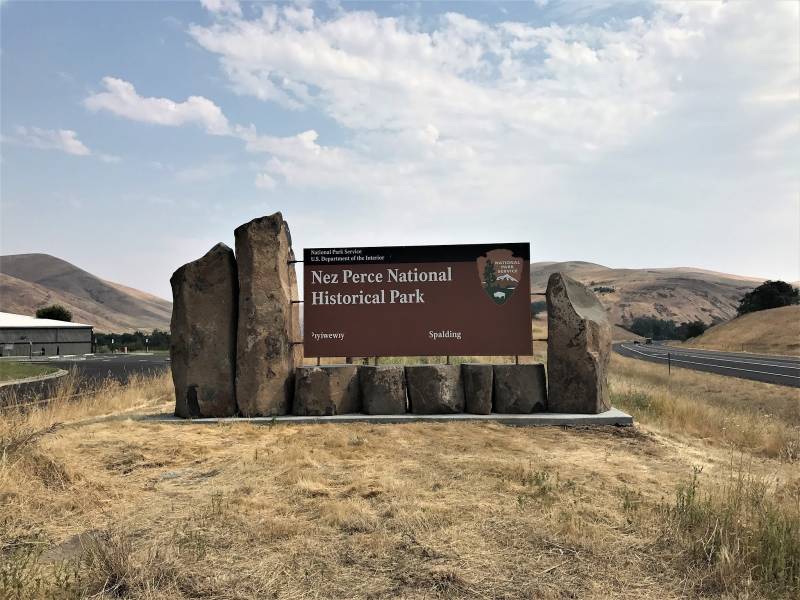
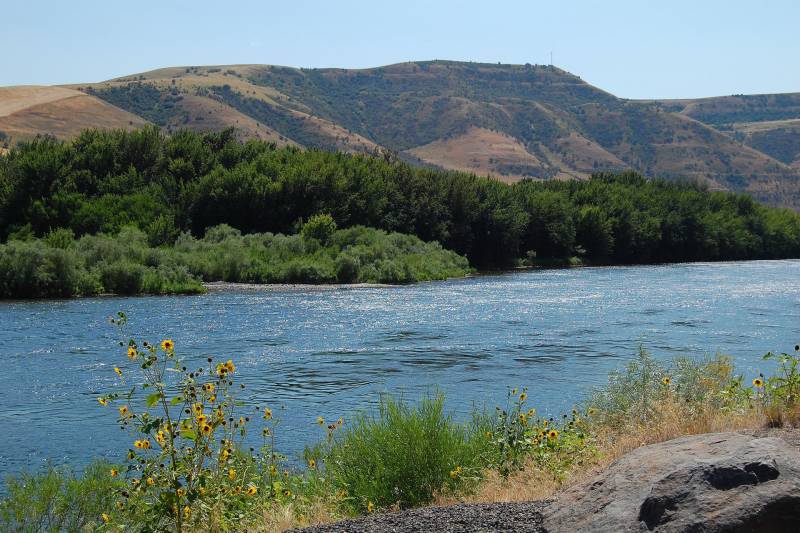
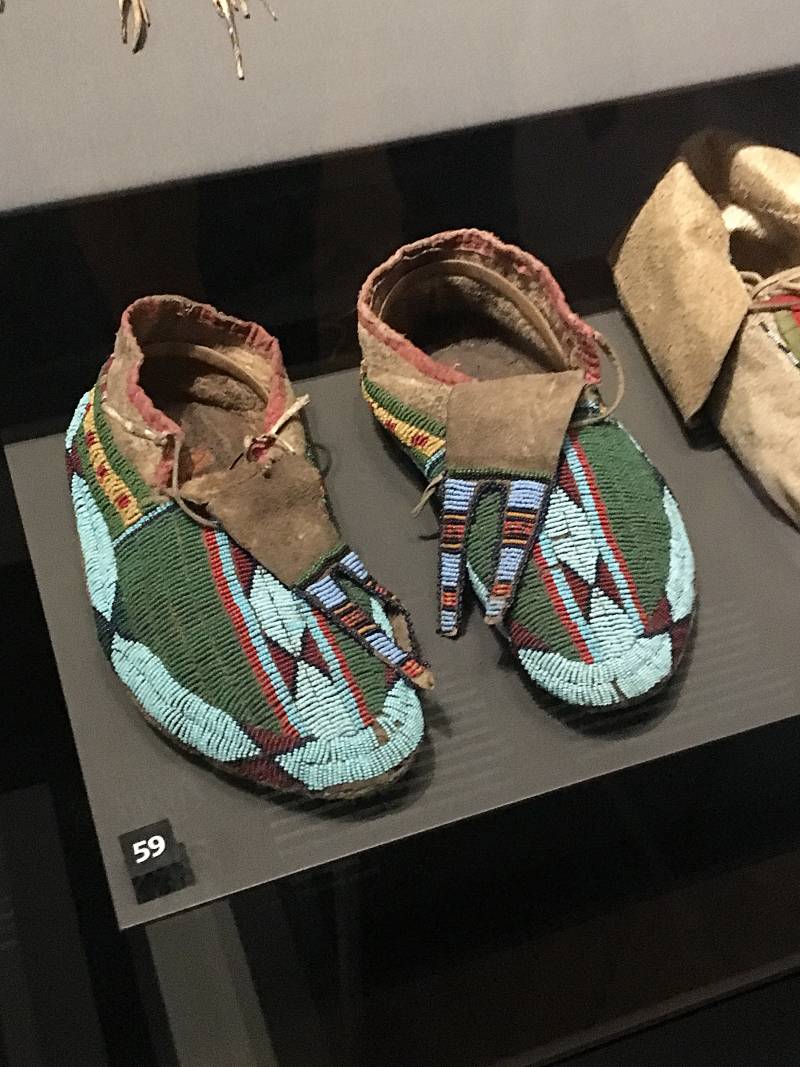


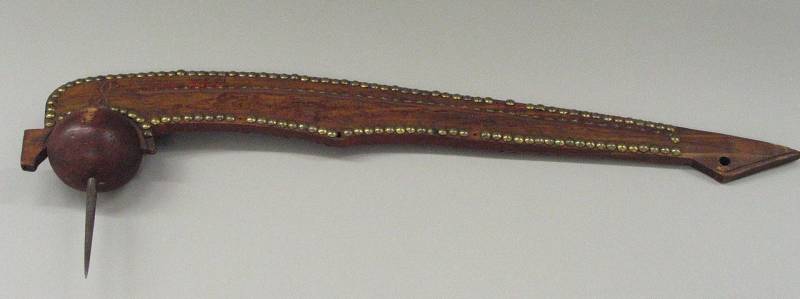

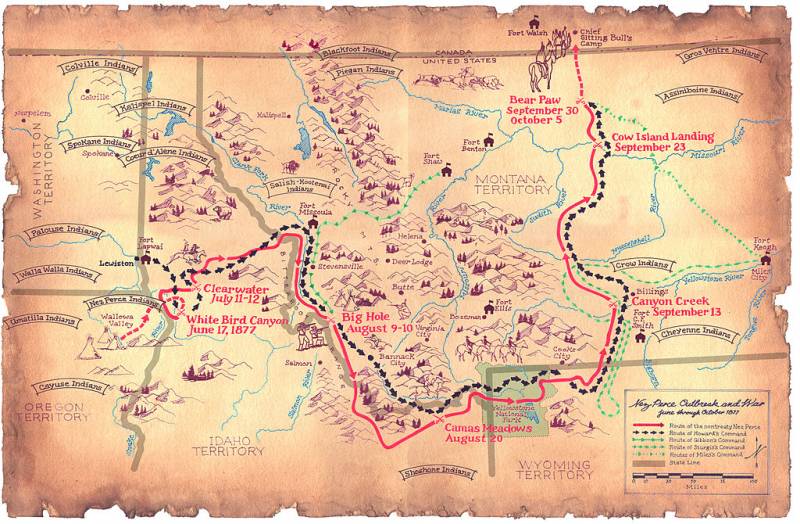
Information